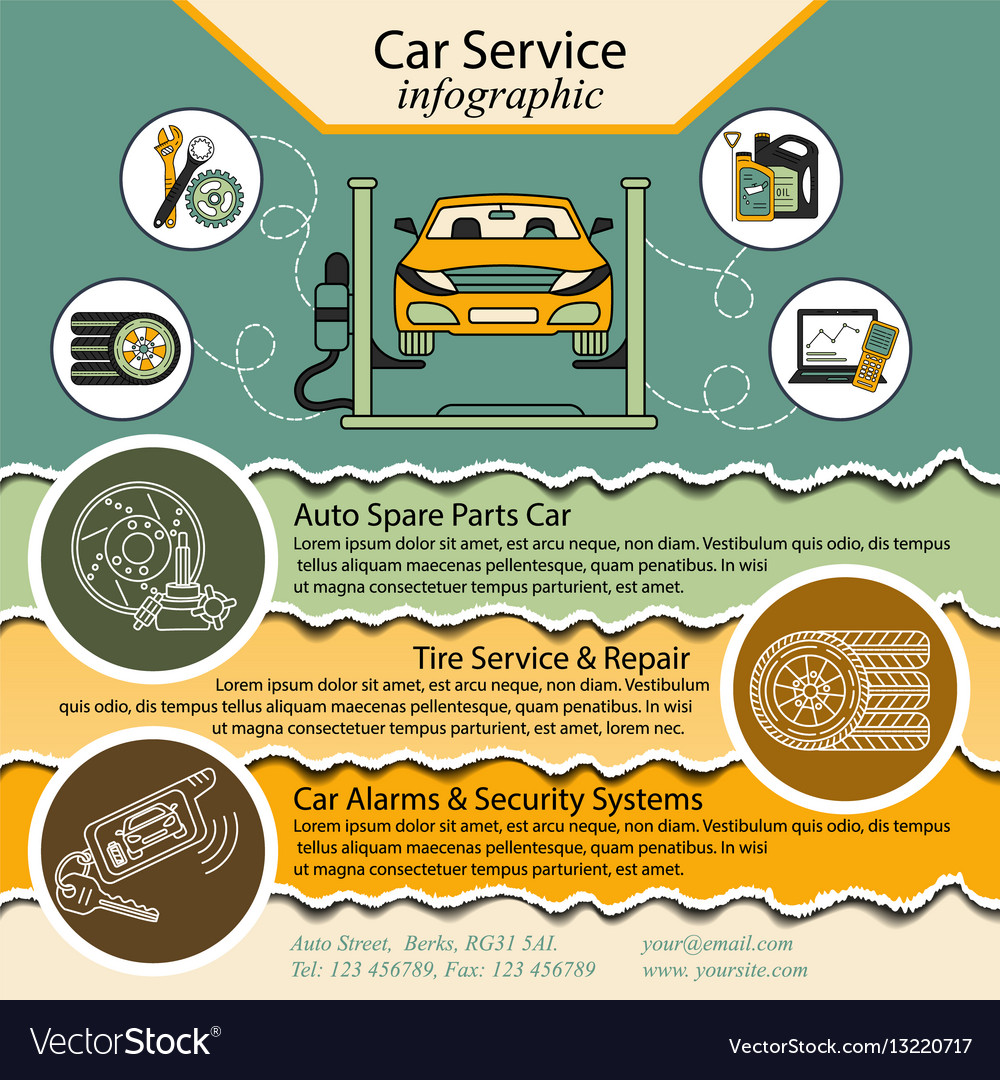Analyzing Your Vehicle'S Alert Lights: Their True Implications
Analyzing Your Vehicle'S Alert Lights: Their True Implications
Blog Article
Content Author-Faulkner Forbes
When you lag the wheel, those beautiful caution lights on your control panel can be a little bit perplexing. Do you know what they're trying to inform you about your automobile's health? Understanding https://oilnearme62739.blog5star.com/30340556/the-complete-resource-for-automobile-detailing-supplies-key-info-every-beginner-ought-to-recognize of these lights is vital for your safety and the longevity of your automobile. So, the following time one of those lights appears, would not you want to decipher its message accurately and take the necessary steps to address it?
Common Caution Lights and Interpretations
Recognize common caution lights in your vehicle and recognize their definitions to make sure risk-free driving.
One of the most common warning lights consist of the check engine light, which indicates issues with the engine or exhausts system. If this light comes on, it's essential to have your automobile inspected quickly.
The oil pressure alerting light suggests low oil stress, requiring instant interest to stop engine damage.
A flashing battery light might recommend a faulty billing system, potentially leaving you stranded otherwise addressed.
The tire pressure tracking system (TPMS) light notifies you to reduced tire pressure, influencing automobile security and fuel performance. Disregarding this can lead to hazardous driving problems.
The ABS light suggests an issue with the anti-lock braking system, endangering your capacity to stop rapidly in emergencies.
Finally, the coolant temperature warning light warns of engine getting too hot, which can lead to severe damage if not settled swiftly.
Understanding look at this site will assist you deal with concerns without delay and preserve secure driving conditions.
Significance of Prompt Attention
Comprehending the typical caution lights in your vehicle is only the very first step; the value of without delay addressing these warnings can not be emphasized sufficient to ensure your safety and security when driving.
When a caution light illuminates on your dashboard, it's your auto's means of connecting a prospective problem that requires attention. Ignoring these warnings can bring about more extreme problems in the future, jeopardizing your security and possibly costing you a lot more out of commission.
Motivate interest to alerting lights can avoid malfunctions and mishaps. For instance, a flashing check engine light might indicate a misfire that, if left unattended, might create damages to the catalytic converter. Resolving this quickly can conserve you from a pricey repair service.
Similarly, a brake system alerting light may signal reduced brake fluid or worn brake pads, essential parts for your safety when driving.
Do It Yourself Troubleshooting Tips
If you notice a caution light on your control panel, there are a few DIY troubleshooting tips you can attempt before looking for professional help.
The very first step is to consult your cars and truck's manual to understand what the certain caution light shows. Occasionally the problem can be as basic as a loosened gas cap activating the check engine light. Tightening the gas cap might deal with the trouble.
Another common concern is a low battery, which can set off various alerting lights. Checking the battery links for rust and guaranteeing they're safe might repair the issue.
If a warning light persists, you can attempt resetting it by disconnecting the car's battery for a couple of minutes and afterwards reconnecting it. Furthermore, checking your vehicle's liquid levels, such as oil, coolant, and brake fluid, can help troubleshoot alerting lights associated with these systems.
Final thought
In conclusion, understanding your auto's warning lights is necessary for keeping your car running efficiently and securely. By promptly addressing these notifies and knowing what they imply, you can stay clear of costly repairs and potential failures.
Remember to consult your vehicle's manual for particular information on each warning light and take action accordingly to make certain a trouble-free driving experience.
Stay notified, remain safe on the road!
